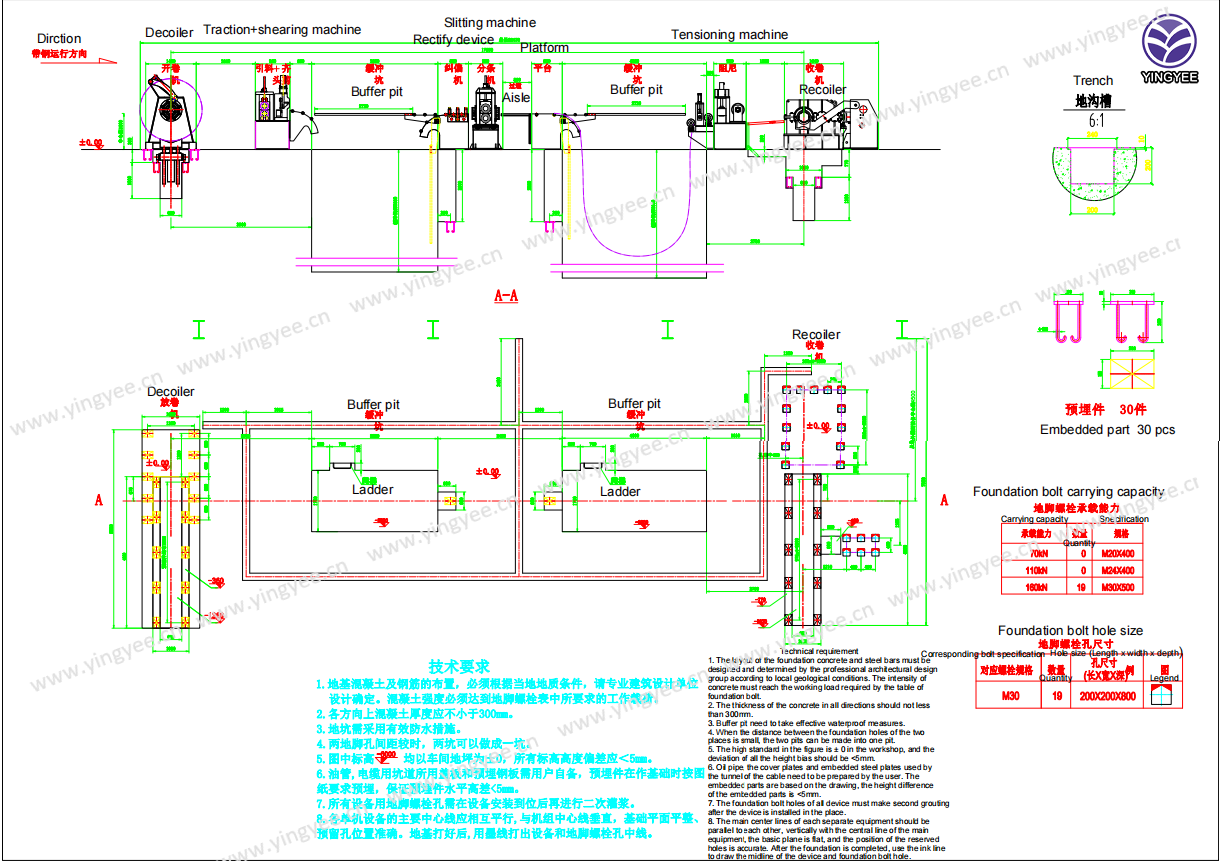
The Essential Role of Downspout Forming Machines in Construction and Architecture
In the realm of construction and architecture, precision and efficiency are paramount. Among the myriad of tools and machinery that contribute to the workflow, downspout forming machines play a vital role. These machines are designed to efficiently and accurately manufacture downspouts, which are integral components of a building's drainage system. This article explores the significance of downspout forming machines, their operation, benefits, and applications in modern construction.
Understanding Downspouts
Downspouts are vertical pipes that carry rainwater from the roof gutters to the ground or drainage systems. They help prevent water accumulation around the foundation of a building, which is critical for avoiding structural damage. The design and material of downspouts can vary widely, but they are typically made of aluminum, steel, or vinyl. With the increasing emphasis on architectural aesthetic, customized downspouts are becoming popular, leading to greater demand for versatile manufacturing solutions.
The Functionality of Downspout Forming Machines
Downspout forming machines automate the production of downspouts, significantly speeding up the process while ensuring uniformity and quality. These machines can create various downspout profiles, accommodating different design preferences and structural requirements. Utilizing advanced technology such as roll forming, these machines take flat metal strips, pass them through a series of rollers, and gradually form them into the desired shape.
The process typically involves several stages 1. Material Loading The raw material—usually a metal coil—is loaded into the machine. 2. Roll Forming The coil is fed through a series of rollers that progressively bend and shape it into the form of a downspout. 3. Cutting Once the desired length is achieved, the machine cuts the downspout to specifications. 4. Finishing Some machines may also apply coatings or finishes to enhance the durability and appearance of the downspout.
Benefits of Using Downspout Forming Machines
1. Increased Efficiency Traditional methods of crafting downspouts are labor-intensive and time-consuming. Downspout forming machines automate much of this process, producing large quantities of downspouts in significantly less time.

2. Precision and Consistency Manual fabrication often leads to variations in size and shape, potentially compromising the effectiveness of the drainage system. Downspout forming machines ensure that each product is uniform, meeting precise specifications.
3. Customization Modern machines can be programmed to produce various styles and sizes, allowing for bespoke solutions tailored to specific architectural needs.
4. Cost-Effectiveness While the initial investment in a downspout forming machine may be substantial, the long-term savings due to reduced labor costs and increased output make it a financially sound choice.
5. Durability Machines can be set up to create downspouts from high-quality materials that resist corrosion and wear, ensuring longevity and less frequent replacements.
Applications in the Construction Industry
Downspout forming machines are indispensable in various construction contexts. Commercial buildings, residential homes, and industrial facilities all require effective drainage solutions to mitigate water damage. Additionally, architectural firms increasingly seek bespoke downspouts that align with their design visions, further driving demand for specialized forming machines.
Moreover, as environmental concerns grow, there's a movement towards sustainable building practices. Many manufacturers are now using recycled materials in downspout production, and forming machines can easily accommodate materials that conform to eco-friendly standards.
Conclusion
As urban landscapes evolve and the demand for unique, functional architecture increases, the role of downspout forming machines becomes more evident. These machines not only enhance efficiency and precision in the production of crucial building components but also allow for greater creativity and customization in design. For builders, architects, and contractors, investing in reliable downspout forming technology is not just a choice but a vital component of modern construction practices. As the industry continues to innovate, the significance of these machines will only grow, proving their essential place in the world of construction and architecture.